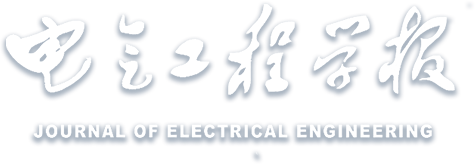Abstract:
In fields with extremely high safety requirements, such as electric aircraft and new energy vehicles, ensuring the reliability of the motor drive system is of crucial importance. A comprehensive review of the design and control strategies for three-phase permanent magnet synchronous motor(PMSM) fault-tolerant systems is presented. Based on the research achievements of three-phase PMSM fault-tolerant technologies, the motor system faults are classified into circuit faults and non-circuit faults. Primary analysis is focused on fault-tolerant strategies for circuit faults, with summarization provided for both motor topologies addressing winding faults and conversion circuit topologies handling power device faults, as well as fault-tolerant control strategies organized by different coordinate systems. In terms of the fault-tolerant topology of the motors, various redundancy schemes for winding faults are sorted out, such as the use of full redundancy motor topologies, dual-winding motor topologies in different forms, and multi-winding motor topologies. In terms of the fault-tolerant topology of conversion circuits, technologies such as the three-phase bridge fault-tolerant topology with a neutral point, the fault-tolerant topology based on open windings, the integrated modular fault-tolerant topology, and the modular multilevel converter are elaborated in detail. These fault-tolerant designs that adopt different topological structures and redundancy methods provide an important fundamental guarantee for the reliable operation of the system under fault conditions. Regarding control strategies, the classification is carried out according to different coordinate systems, including fault-tolerant strategies based on the three-phase stationary coordinate system, the
αβz1
z2
z3 coordinate system, the
dq coordinate system and the vector space decoupling coordinate system. These fault-tolerant control strategies start from the perspectives of torque conservation and copper loss optimization respectively, and are committed to ensuring the continuous and stable operation of the motor when a fault occurs. Finally, various fault-tolerant topology designs and control strategies are summarized and prospected, providing a comprehensive technical reference for improving the reliability and fault-tolerance of three-phase PMSM systems.


 下载:
下载: